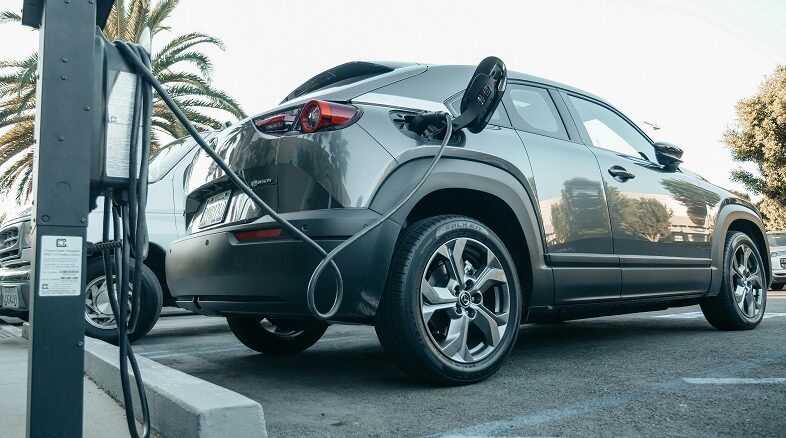
July 3, 2025: Electric vehicles (EVs) have transitioned from futuristic concept to everyday reality. In 2025, they are no longer limited to early adopters or environmental enthusiasts—EVs are now a serious contender in the mainstream automotive market. With more models available, improved charging infrastructure, and growing consumer interest, EVs have carved out a significant share of the global vehicle market.
However, while the momentum is undeniable, the electric vehicle industry still faces a range of challenges. From infrastructure gaps to high upfront costs, the road to full electrification is far from smooth.
Here’s a balanced look at the key advantages and disadvantages of electric vehicles in 2025.
Pros of Electric Vehicles in 2025
1. Cleaner Transportation
One of the most well-known benefits of EVs is their positive impact on the environment. Electric vehicles produce no tailpipe emissions, helping reduce air pollution and greenhouse gas output in urban areas. When charged using renewable energy, their carbon footprint is significantly lower than internal combustion engine vehicles.
2. Lower Running Costs
Electricity is generally cheaper than gasoline or diesel, and EVs are more energy-efficient. In addition, EVs have fewer moving parts than traditional vehicles, meaning fewer breakdowns and less frequent maintenance. Owners can expect to save substantially over the lifespan of the vehicle.
3. Improved Battery Range
Thanks to advances in battery technology, range anxiety is becoming a thing of the past. Most new EVs in 2025 can travel between 250 and 500 miles on a single charge, making them practical for daily commuting and long-distance travel alike.
4. Tech-Forward Features
EVs are often equipped with the latest in automotive technology. Features such as autonomous driving assistance, regenerative braking, remote diagnostics, and over-the-air software updates enhance the driving experience and keep vehicles up to date without a trip to the dealership.
5. Government Support and Incentives
Many governments continue to offer incentives to promote EV adoption. These can include tax credits, rebates, reduced registration fees, and access to carpool lanes or low-emission zones. While these programs vary by region, they significantly reduce the total cost of ownership for many consumers.
Cons of Electric Vehicles in 2025
1. Charging Infrastructure Challenges
Although charging networks have expanded rapidly, they are still not evenly distributed. In rural areas or developing regions, access to fast or reliable charging remains limited. Even in urban environments, long queues and broken charging stations can frustrate EV drivers.
2. Higher Upfront Costs
Despite falling battery prices, EVs still tend to cost more upfront than their gasoline-powered counterparts. While total cost of ownership may be lower over time, the initial purchase price can be a barrier, especially in regions where incentives are minimal or being phased out.
3. Battery Degradation and Replacement Costs
Battery technology has improved, but degradation over time is still a concern. Performance can decline after years of use, and replacing a battery can be expensive. This affects resale value and raises concerns for buyers considering used EVs.
4. Strain on Power Grids
As EV adoption grows, so does the demand on electrical grids. Without proper planning and investment in infrastructure, increased electricity use from home and commercial charging can lead to grid overload, especially during peak hours.
5. Resource and Supply Chain Concerns
EV batteries rely on critical minerals like lithium, cobalt, and nickel, which come with environmental and ethical sourcing concerns. Growing demand for these materials also raises geopolitical and economic risks, potentially impacting EV prices and production stability.
The Road Ahead
The electric vehicle market in 2025 is dynamic and evolving rapidly. Technological innovation, growing consumer interest, and environmental awareness are driving unprecedented growth. At the same time, infrastructure development, energy system readiness, and affordability remain key challenges.
As governments, automakers, and utility companies work together to address these issues, EVs are becoming more accessible, reliable, and practical for everyday use. Still, it’s essential for consumers to weigh both the benefits and limitations before making the switch.
Final Thoughts
Electric vehicles in 2025 offer a compelling alternative to traditional cars. They’re cleaner, quieter, and packed with technology, making them attractive to modern drivers. However, as with any major shift, the transition comes with trade-offs. Understanding the pros and cons will help consumers, businesses, and policymakers make informed decisions as we accelerate toward a more electric and sustainable future.

